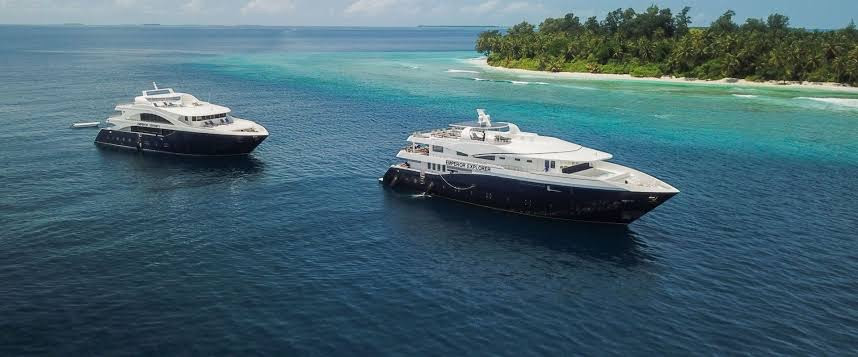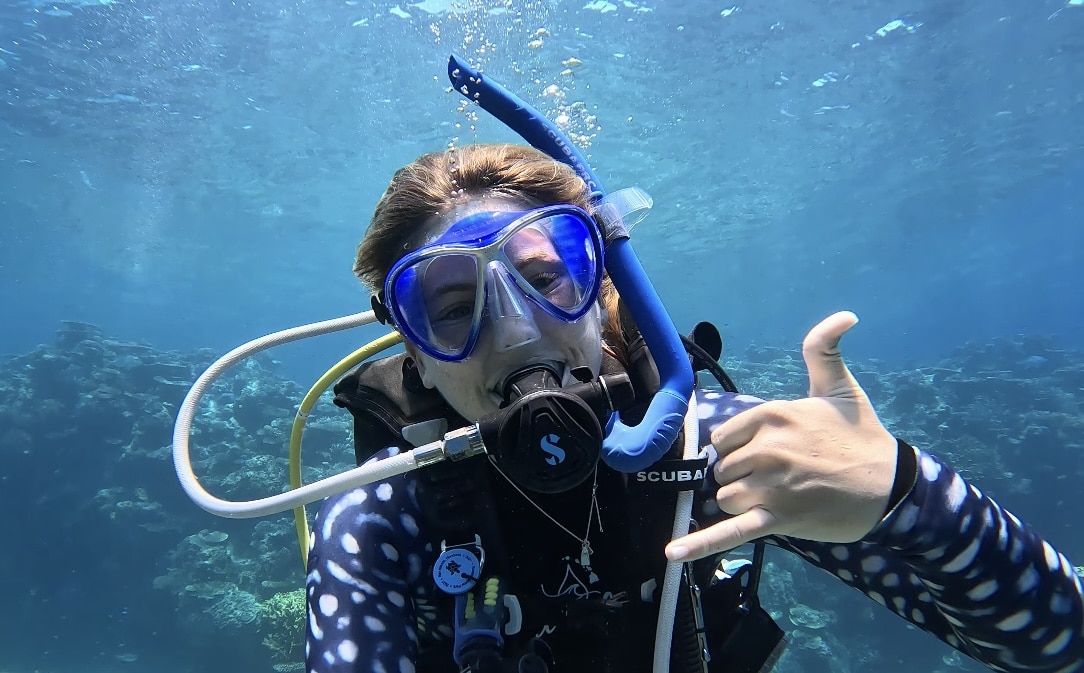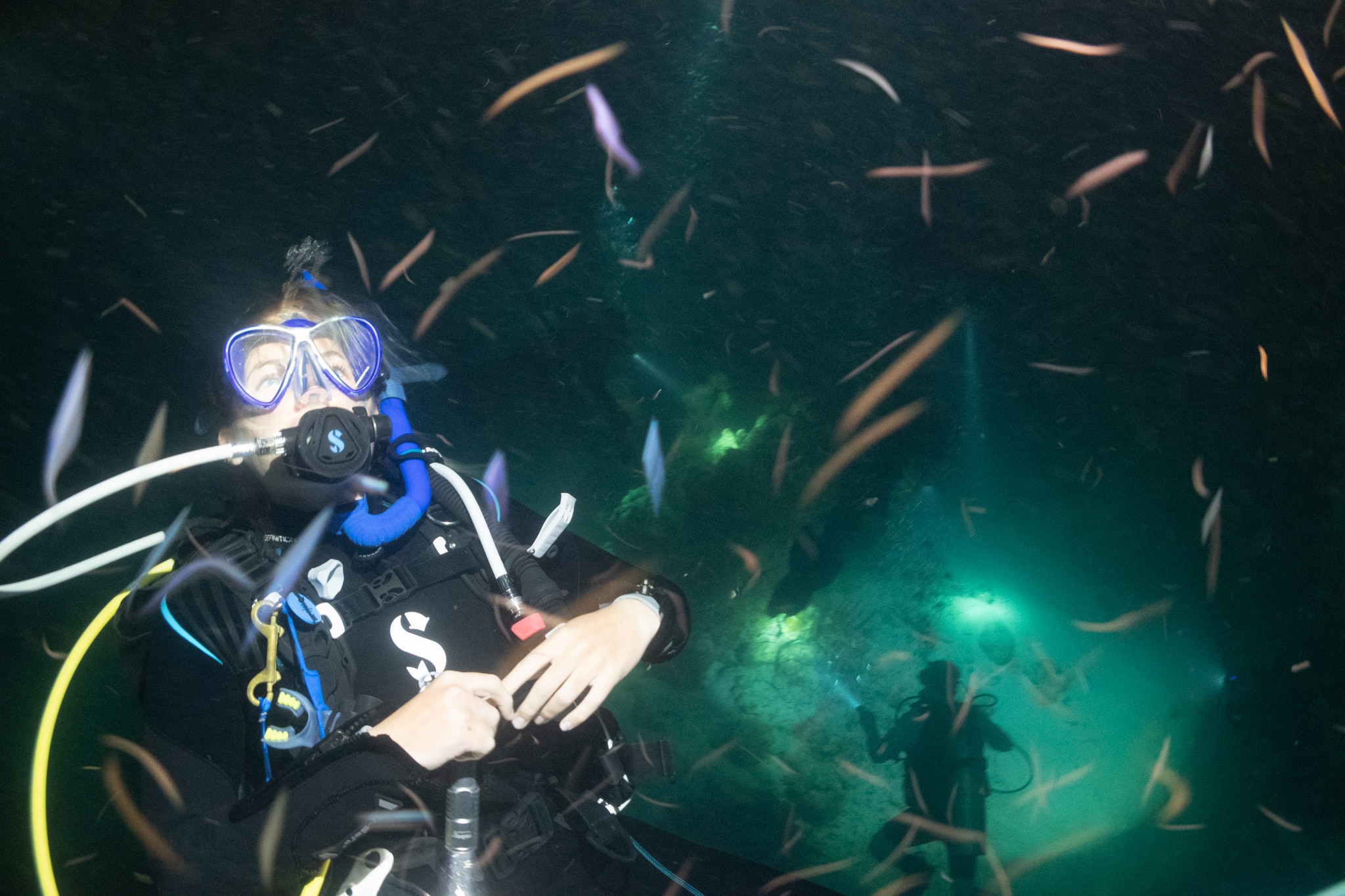- Pack Warm

- Double Up On Swimwear And Half Your Clothes
A normal liveaboard itinerary consists of 4-5 daily dives, with a few hours in-between each dive. I recommend bringing 3 or 4 swimsuits so you can change out of the wet one in-between dives and leave it to dry. This means you don’t have to sit in a wet suit for meal times and can be fully dry and warm between dives. Swimsuits are normally pretty small and don’t take up much room, plus they’ll all get used, so pack heavy on the suits and not so much on clothes. 2 t-shirts and shorts will be fine for a week-long trip, the trips tend to be very casual so just something to lounge about in. The majority of the time I have a swimsuit on with a boat coat over the top and my clothes aren’t even touched until dinner time when I’m fully dry and diving is finished. There is no need for a new outfit daily! Some liveaboards offer day trips so just check that what you pack is culturally appropriate if you leave the boat.
- Clothes Pegs Are Worth Your While
This one is pretty self-explanatory but you’re on a boat, it’s windy when it’s moving and if you want to dry clothes, bring some clothes pegs to keep them on the line then tie ties around the line for added security.
- Chargers On Boats
Each boat is different but the likelihood is there are not an extraordinary number of charging ports, so it’s worth bringing a

- Your Dive Gear!
Saving space on clothes means you can take more dive gear with you, after all the purpose of the trip is to dive! Lots of liveaboards do have rental gear, but if you have your own gear, it’s worth bringing. There is no need for all forms of scuba accessories and 4 different masks to wear or anything like that, just the usual gear will suffice. Check the location requirements before you arrive, you may well need a snorkel or surface marker buoy depending on where you’re going. I pack my regulators and dive computer in my carry-on because those are my two most important pieces of equipment and the rest gets checked into the suitcase where all clothes are.
Those are my five main liveaboard-specific points. Everything else that gets packed is the same or similar to resort diving. Things like your travel documents, certification cards, sunscreen and toiletries. When I go on liveaboards I often have a small carry-on backpack and a medium-sized check-in bag. I have managed to go on a liveaboard with only carry on including all my dive gear but I’d prefer to check in a bag and take my warm wetsuit. At the bottom of this blog, I’ve added a few links for liveaboard specifics that I find helpful and recommend to pack.



